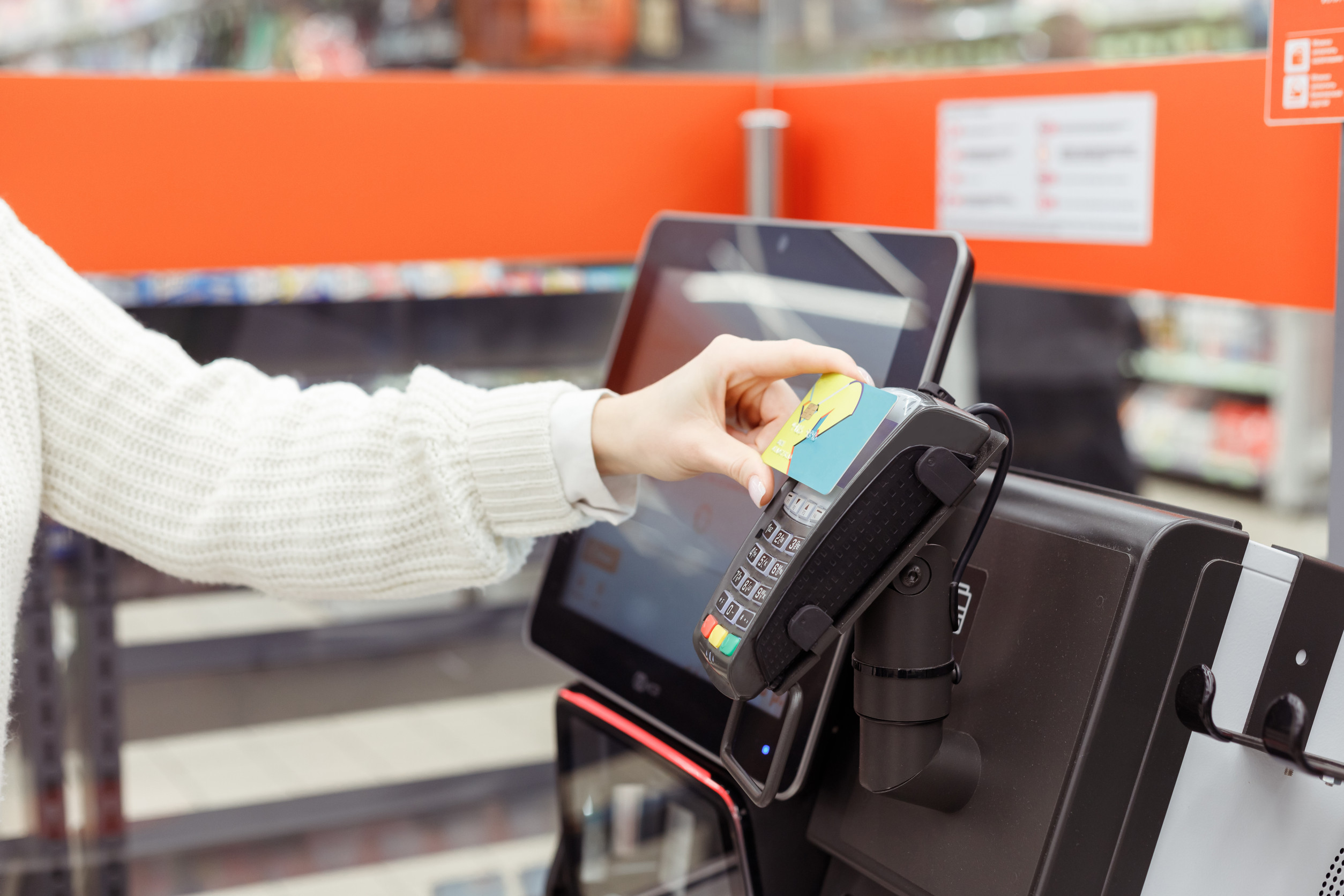Let’s talk about self-checkout—the supposedly convenient option that’s now a major source of customer frustration. What started as a quick way to beat long lines has turned into a full-blown shift change, with customers scanning, bagging, and troubleshooting their own purchases—often without so much as a discount or thank you. If you’ve ever fumbled through produce codes or watched the “unexpected item in the bagging area” error ruin your momentum, you’re not alone. More and more shoppers are asking: Why are we doing the work for free while stores cut staff and keep prices high? Let’s break down what’s really going on—and why the self-checkout debate isn’t going away.
1. It Feels Like Free Labor—Because It Kind Of Is
Using self-checkout means you’re doing the job a paid cashier used to do. You’re scanning, bagging, dealing with errors, and sometimes even helping the person next to you when there’s no staff around. Meanwhile, grocery stores have fewer employees working the registers—and they’re not passing the savings along to you. Prices haven’t dropped, but the expectation that you’ll do it all yourself has increased. When did we sign up to become unpaid checkout clerks?
2. Errors and Glitches Turn “Convenience” Into a Headache

Image Source: 123rf.com
If self-checkout were always smooth, it might be a different story—but the reality is, it often isn’t. Barcodes don’t scan, the scale misreads your bag, or you get locked out over a bottle of wine because no one’s around to approve your ID. All of this delays your trip and raises your blood pressure. What should be a two-minute stop for milk turns into ten minutes of tech issues and flagging down the one overwhelmed staffer nearby. It’s hard to feel “served” when you’re the one doing all the troubleshooting.
3. Not Everyone Wants to Be Watched Like a Criminal
Many stores have installed AI cameras and scanners at self-checkout stations to prevent theft, but the experience feels less like security and more like surveillance. Some shoppers feel uncomfortable being recorded from multiple angles just to buy some bananas and bread. Others have been wrongly flagged for theft due to system errors or unscanned items they didn’t even realize were missed. When you combine a lack of help with high-tech scrutiny, the result is a shopping trip that feels more suspicious than satisfying. It’s enough to make people think twice about using self-checkout at all.
4. It Doesn’t Always Save Time—Especially During Peak Hours
One of the main reasons self-checkout became popular was to save time, but that’s not always how it works. Long lines, slow machines, and limited bagging space can actually make the process slower than going through a staffed lane. And if you have a full cart of groceries? Forget it—many stores discourage large hauls at self-checkout, or limit the number of items you can scan. What started as a faster option now feels like a bottleneck that only works well if you’re buying three things or fewer.
5. The Human Touch Is Missing—And People Miss It
For many shoppers, the small interaction with a cashier is part of the experience. A quick hello, a familiar face, or someone who actually knows how to bag groceries properly adds value to your visit. As self-checkout takes over, that human connection is disappearing, and not everyone’s happy about it. For seniors, people with disabilities, or those just looking for a little help, self-checkout can feel like exclusion disguised as efficiency. Technology may be moving fast, but not everyone wants to be pushed along with it.
6. Grocery Stores Benefit—But Do You?
At the end of the day, grocery chains benefit the most from self-checkout. They reduce labor costs, increase the number of customers served per hour, and gather valuable data from your purchases. Meanwhile, you get to work for free while prices stay the same—or even go up. There’s no discount for doing it yourself, no loyalty perk, and no bonus for scanning your own five-pound bag of dog food. It’s hard not to feel like self-checkout helps them more than it helps you.
Maybe “Convenience” Isn’t the Whole Story
Self-checkout may seem like a helpful option on the surface, but for many shoppers, it’s starting to feel like a bad deal. Between tech issues, lack of support, and the growing sense that customers are doing unpaid work, the shine is wearing off fast. Grocery stores may call it innovation, but shoppers are beginning to push back. The question isn’t just about convenience anymore—it’s about fairness, value, and the kind of service people still expect when they spend their money. And if stores aren’t careful, they might just scan away their customer loyalty.
Do you love or hate self-checkout? Have you ever walked out over a glitch or long wait? Share your stories in the comments—we want to hear from you!
Read More
Why Some Costco Locations Are Starting to Rethink Self-Checkout
5 Grocery Stores That Are Scamming You at Self-Checkout (And Where to Shop Instead)


